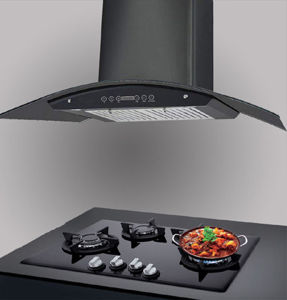The Full Metal EP 253 Schematic Eye is a valuable tool designed to aid students in mastering the art of retinoscopy while offering instructors a means to assess their proficiency. The back of the Schematic Eye can be adjusted within a range from +3 to -4.5 to mimic various refractive errors. By setting the eye to "plus" values, hypermetropia (farsightedness) is simulated, while "minus" values yield myopia (nearsightedness). The addition of a 38mm diameter trial lens in front of the pupil extends this range further.
The Full Metal EP 253 Schematic Eye is a valuable tool designed to aid students in mastering the art of retinoscopy while offering instructors a means to assess their proficiency. The back of the Schematic Eye can be adjusted within a range from +3 to -4.5 to mimic various refractive errors. By setting the eye to "plus" values, hypermetropia (farsightedness) is simulated, while "minus" values yield myopia (nearsightedness). The addition of a 38mm diameter trial lens in front of the pupil extends this range further.
To simulate astigmatism, a cylinder lens can be employed. Against-the-rule astigmatism, where the horizontal meridian has greater refractive power than the vertical meridian, can be simulated with a convex cylinder aligned with the 90-degree mark on the training eye's front or a concave cylinder with the axis at the 0-degree mark.
As the neutralizing lens power varies with the working distance, students may use a string to establish a comfortable distance until they become familiar with their preferred distance. The back of the training eye is set to 0, and the base lens is chosen based on the working distance. The following table suggests the lens diopters for specific working distances:
- 50 cm: +2.00 diopters
- 57 cm: +1.75 diopters
- 67 cm: +1.50 diopters
To obtain the actual refractive correction, the power of the working lens is subtracted from the total lens power used to achieve a neutral retinoscopy reflex (absence of with or against motion). A positive resultant sphere power indicates hypermetropic error, while a negative power indicates myopia. For instance, if a neutral reflex is obtained with a +3 (convex) diopter lens and the examiner is positioned at 50 cm, the working distance is subtracted (2 diopters), resulting in +1, the lens power needed to correct 1 diopter of hypermetropic error. Notably, this result can be obtained with the back of the eye set at +1 with no lens in front of the pupil or with the eye set at zero and a -1 (concave) lens placed in front of the pupil. Instructors may find the latter arrangement useful for creating different refractive errors using a single lens (spherical or sphero-cylindrical) to assess student skill.




